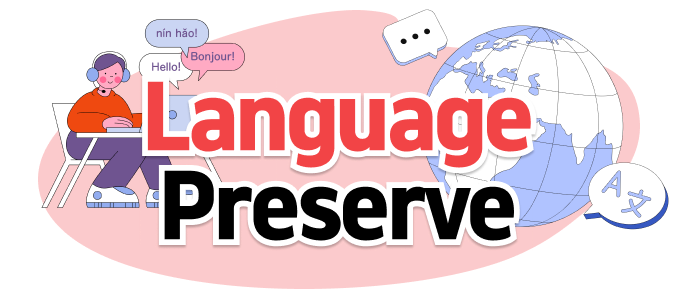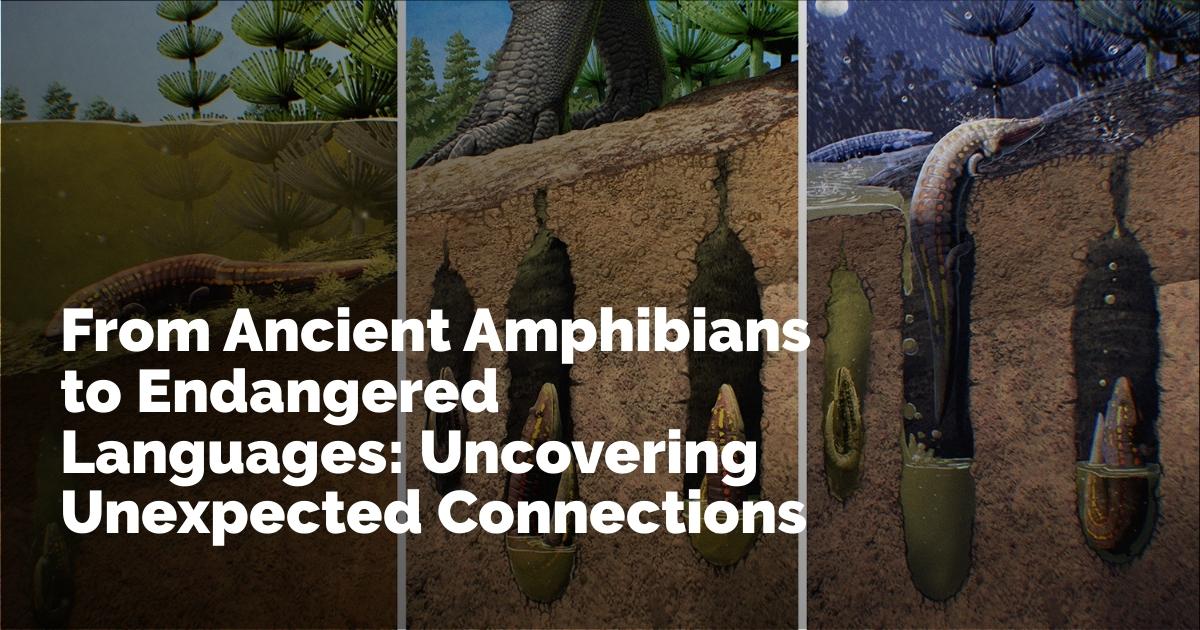How a Sleepy Ancient Amphibian Became a Link to an Endangered Language
In the winter of 2015, a remarkable discovery was made in an otherwise unassuming rock at the University of Wisconsin-Madison Geology Museum. David Lovelace, a vertebrate paleontologist, unearthed a small amphibian skull from a chunk of rock he had collected during a fossil-hunting expedition. Years later, this finding would bridge the scientific community with Indigenous culture, unveiling fascinating connections between prehistoric life and endangered languages.
Exploring the Past: A Chance Discovery
David Lovelace's journey began in the Popo Agie Formation, an area rich in Late Triassic fossils located in what is now Wyoming. The formation, named after the Crow Indian word for "beginning of the waters," holds ancient crocodile and amphibian fossils. Despite the region's nickname, "Big Red Dead," for its perceived lack of fossils, Lovelace's careful excavation revealed more beneath the surface.
On his way back from a field search, he picked up a rock containing a promising small burrow. When traditional methods to extract the burrow failed, a blow from a hammer unexpectedly revealed the skull of an ancient amphibian. With perseverance, Lovelace reconstructed the fossil and identified it as a new species—Ninumbeehan dookoodukah—published in the journal Proceedings of the Royal Society B.
Reconstructing an Ancient World
The creature Lovelace discovered lived during the time of vast megamonsoons on Pangea, with extreme wet and dry seasons. Ninumbeehan dookoodukah's adaptations, such as burrowing and estivating, were vital for survival in this harsh environment. These ancient amphibians, much like modern Sirenidae salamanders and spadefoot toads, likely dug burrows to survive dry periods by lowering their metabolic rate while cocooned in mucus underground.
This resilience is not unique to amphibians. Even lungfish, although not part of the amphibian family, estivate during dry spells. Thus, it is inferred that Ninumbeehan could have exhibited similar survival behavior.
Connecting Cultures: The Role of Indigenous Tribes
Ninumbeehan dookoodukah was discovered on land historically tied to the Eastern Shoshone tribe, and the naming of the species became a collaborative effort to honor this heritage. The Tribal Historic Preservation Office of the Eastern Shoshone was instrumental in this process, emphasizing the cultural significance of the land stretched across thousands of years.
Learning Shoshone, a language the U.S. government once aimed to eradicate, remains crucial to the tribe's cultural preservation. Elders like Arlen Shoyo and Reba Teran worked with students to create a name for the species—Ninumbeehan, meaning "Little People," and dookoodukah, translating to "flesh-eater," a nod to the amphibian's characteristics.
Educational Integration and Cultural Exchange
The discovery of Ninumbeehan dookoodukah opened avenues for education and cultural exchange on the Wind River Indian Reservation. In 2022, researchers and Fort Washakie School organized a field trip to the dig site, involving students, educators, and tribal elders. They explored the area, learned about fossil identification, and shared interpretations that integrated indigenous perspectives with Western science.
The field trip marked a significant moment when two worlds—science and Indigenous knowledge—came together. Students found fossil sites on their own, enhancing their understanding of both natural history and cultural values. As D. Lynette St. Clair, a cultural preservationist stated, the trip was a sign of ancestral watch, reminding everyone of the need for respect and preservation of the land.
Continuing Collaboration and Future Aspirations
The partnership between the University of Wisconsin-Madison and Fort Washakie School is ongoing. Students are learning how to curate and manage fossils, guided by experts over Zoom, an opportunity that allows them to build a hands-on skillset useful for potential careers in paleontology.
This collaboration goes beyond mere scientific discovery; it establishes a meaningful dialogue about cultural preservation and the intertwined history of all living beings. These efforts demonstrate how the thorough exploration of the natural world can uncover stories that transcend time, linking the ancient past to present-day cultural enrichment.
출처 : Original Source

